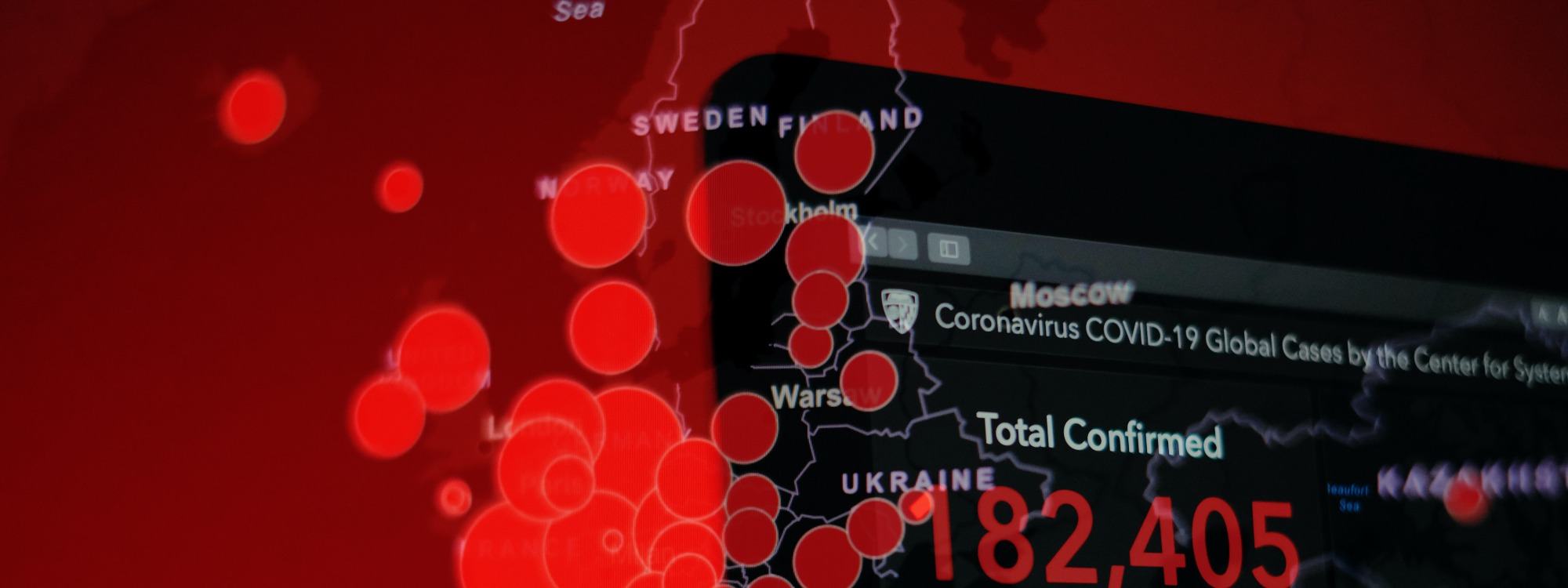About Us

Now in its 17th year, Crisis Response Journal, along with its associated channels, is the global information resource that covers all aspects of human-induced disasters or natural hazards, spanning response, disaster risk reduction, resilience, business continuity and security.
The aim is to bring agencies, disciplines and nations – as well as the private and public sectors – together in order to increase the understanding of their different roles and perspectives, thereby improving a unified response to large scale crises, or averting crises in the first place through effective disaster risk reduction.
We cover a range of threats, from CBRN and cybercrime to conventional terrorism, from pandemic protection and preparedness to flooding, from fires and chemical incidents, to large scale natural emergencies such as earthquakes, from environmental degradation to climate issues, from critical infrastructure protection to business and national continuity, security, resilience and sustainability.
CRJ analyses past events to draw vital lessons for the future, while constantly scanning the horizon to identify and help mitigate new threats. It provides a much-needed professional global platform to exchange news, experience, and in-depth analysis of major incidents, as well as publishing cutting-edge thought leadership pieces and commentaries.
We distil and share global research, knowledge and experience on disaster risk reduction, crisis management, resilience and continuity. The aim is to protect lives, livelihoods and quality of life, to preserve the environment and to safeguard economies.
Our global readership comprises senior officers and strategists from: Local and national governments; front-line emergency response and civil protection organisations; major international institutions; non governmental organisations and the third sector; emergency planners & responders; academic and training institutions, critical infrastructure security and emergency response experts (ie ports, airports, refineries, energy and water installations); along with a range of other actors in the prevention, response, resilience and continuity fields.
The CRJ Team
 |
Luavut Zahid is the Publishing Editor of Crisis Response Journal. She's worked with CRJ for most part of the last decade in the capacity of a correspondent where she covered topics in South Asia. Her work consists of both print and digital reports, where her main focus remained on crises.
|
 |
Emily Hough is Editor Emeritus with the Crisis Response Journal.
She works both in print and online, specialising in international publishing, events and conferences, mainly in the fields of disaster and crisis management.
Emily has founded and organised high-level conferences and seminars in the resilience and response field, identifying global trends and anticipating future hazard scenarios.
You can read more about Emily here. |